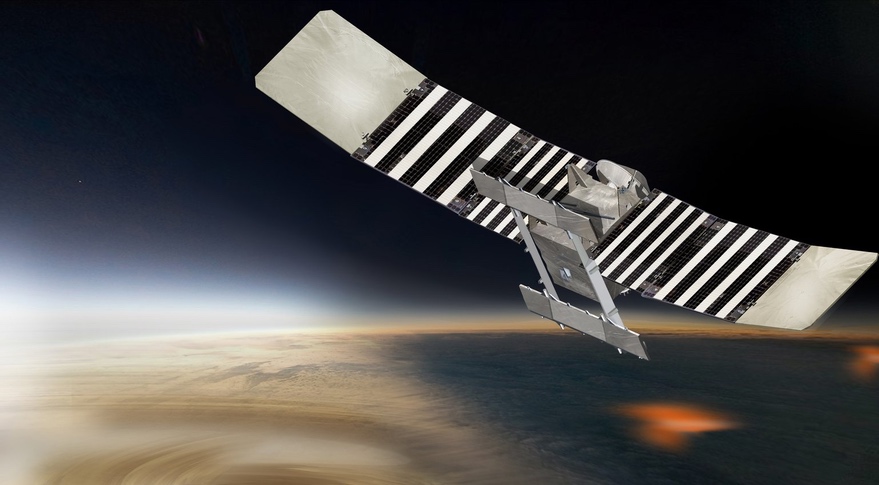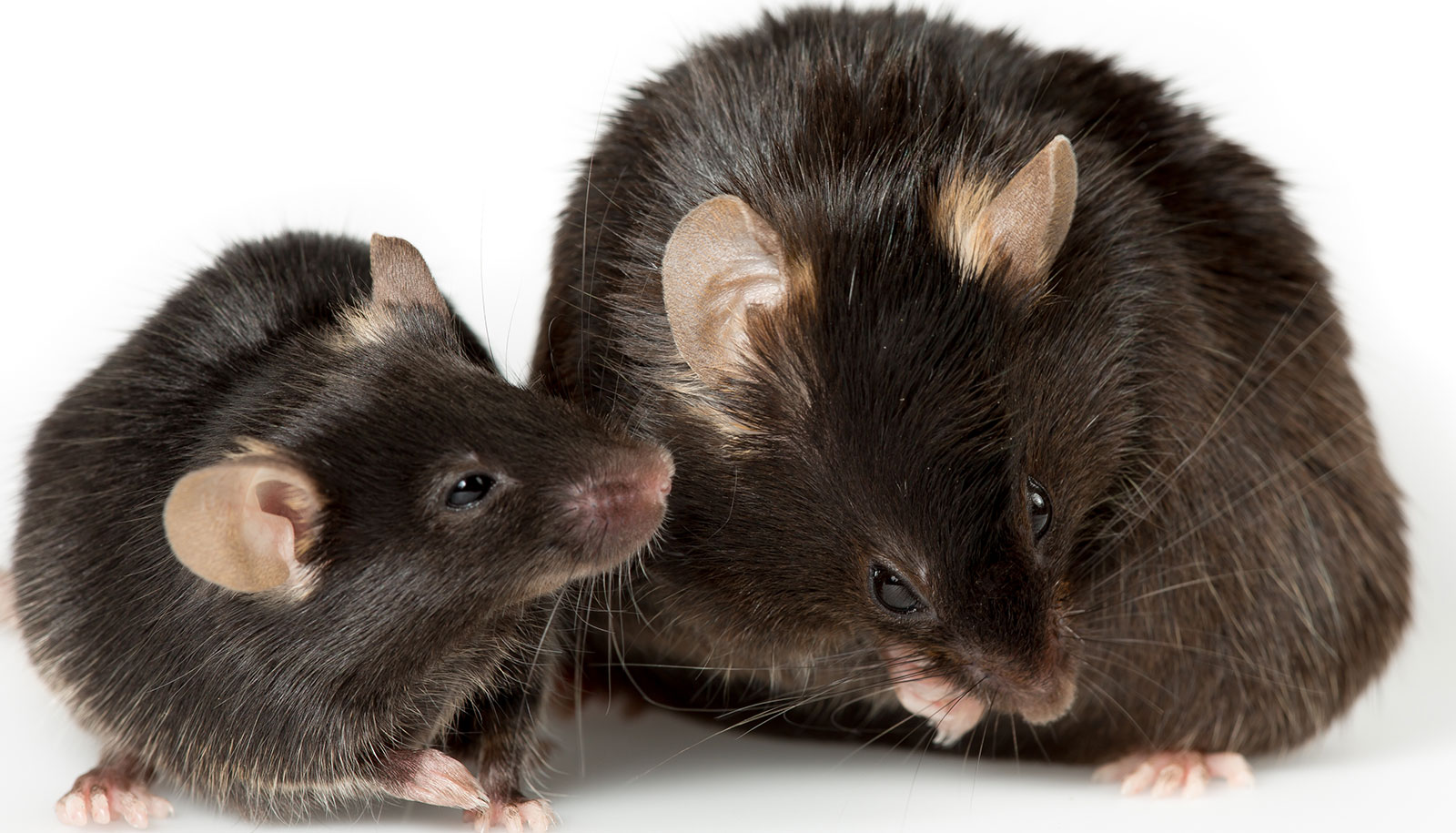WASHINGTON — Despite a small funding increase for 2023, NASA’s planetary science programs still face “significant stress” financially that contributed to the delay of one mission and could push back the start of others.
NASA received $3.2 billion for planetary science in the fiscal year 2023 omnibus spending bill signed into law Dec. 29. That was about $80 million more than what the agency received for planetary science in 2022 and $40 million above its request for 2023.
That increase, though, may do little to address some of the challenges NASA has been facing with current and future missions. Lori Glaze, director of NASA’s planetary science division, outlined those issues in presentations last month to the agency’s Planetary Science Advisory Committee and at a town hall during the Fall Meeting of the American Geophysical Union (AGU).
Among those challenges are ongoing impacts from the pandemic. “There have been some substantial costs in order to accommodate the impacts from COVID,” she said at the AGU meeting. Those costs, she said, had to be absorbed from within the planetary science budget.
There have also been supply chain issues for missions in development, along with inflation and higher labor rates. In addition to higher costs, she said that supply chain issues have required missions to order long-lead items earlier than expected, which requires more money earlier in the project’s development than anticipated.
Glaze said that, as those missions prepare for launch, they have been asking for more money for operations than anticipated. “I don’t think we’re very good at estimating what operational costs will be,” she said at the advisory committee meeting. Operations costs, she noted, are not part of the cost cap for competed planetary science missions, and thus don’t get refined until later in the mission.
“There’s significant stress on the planetary budget,” she said at the AGU town hall. “It’s been a bit brittle and fragile.”
Those issues came to a head in mid-2022 when Psyche, a Discovery-class mission to the asteroid of the same name, suffered delays in testing flight software that caused it to miss its launch window. NASA initiated an independent review that concluded that while Psyche is back on track for a launch now scheduled for October 2023, there were broader institutional issues at the Jet Propulsion Laboratory, which is developing Psyche, that had to be corrected.
As part of NASA’s response to that review, the agency said Nov. 4 it would delay by at least three years the launch of a Venus orbiter mission called VERITAS that is also part of the Discovery program and under development at JPL. Glaze suggested that the budgetary pressures facing the planetary science program left her with no other options to address the Psyche problems than to delay VERITAS.
“This was not a decision that was easily arrived at,” she said at the AGU town hall. “I do not think this is a good answer. I think it is the least of the bad answers that we could come up with.”
Those budgetary stresses could also affect implementation of the planetary science decadal survey released in April 2022. Glaze reiterated concerns she made in August that funding projections for planetary science fell short of the “level” budget in the decadal, the lower of two budget profiles included in that report. While the level budget projected spending to increase to more than $3.5 billion a year by the middle of the decade, the fiscal year 2023 budget proposal kept spending for planetary science at less than $3.2 billion through 2026, increasing to $3.3 billion in 2027.
“We will continue to try and secure the funding so that we can execute what is in the decadal survey,” she said at the town hall. “The key takeaway from this is that there may be a slight delay in getting some of the activities kicked off.”
As in August, she said those delays would likely affect the top-priority large, or flagship, mission from the decadal, a Uranus orbiter and probe. The science for such a mission is already well-established, she said, so the focus in the near term will be technical studies, including options to launch the mission after 2031, when a Jupiter gravity assist that would shorten the travel time to Uranus is no longer available.










